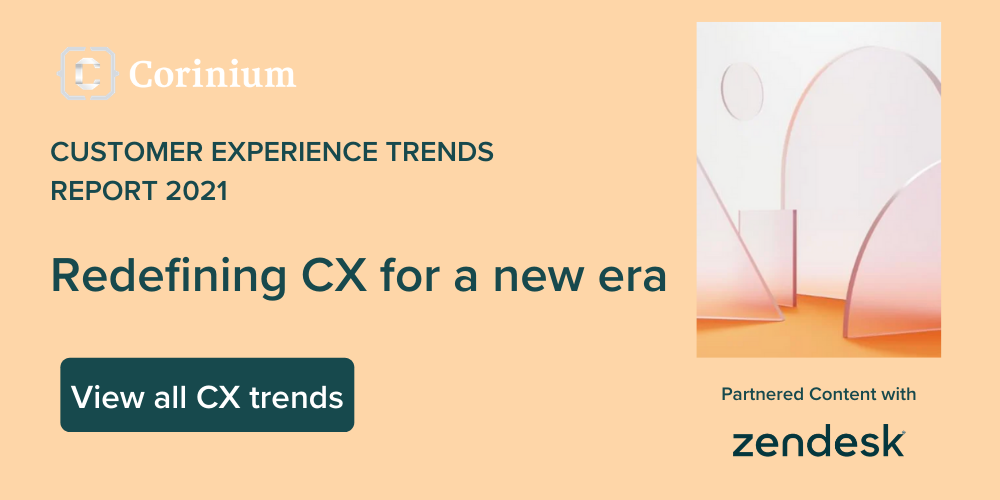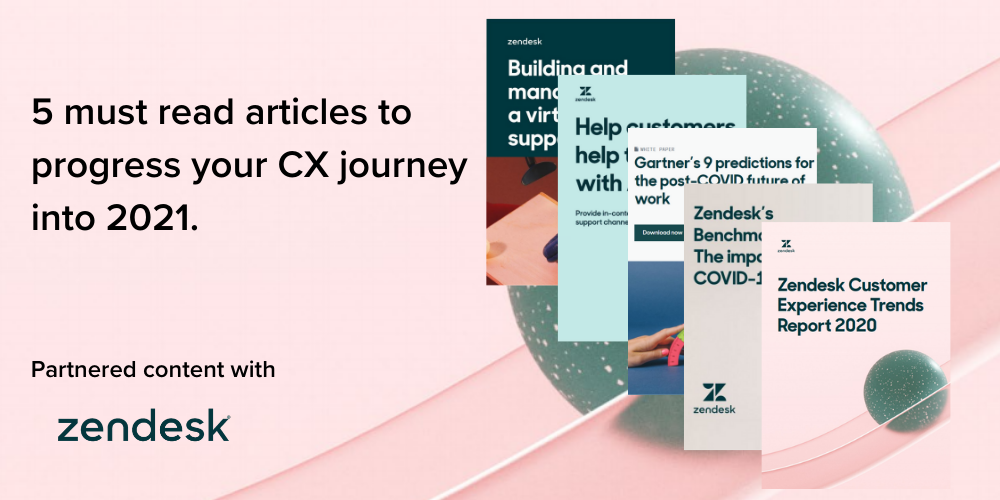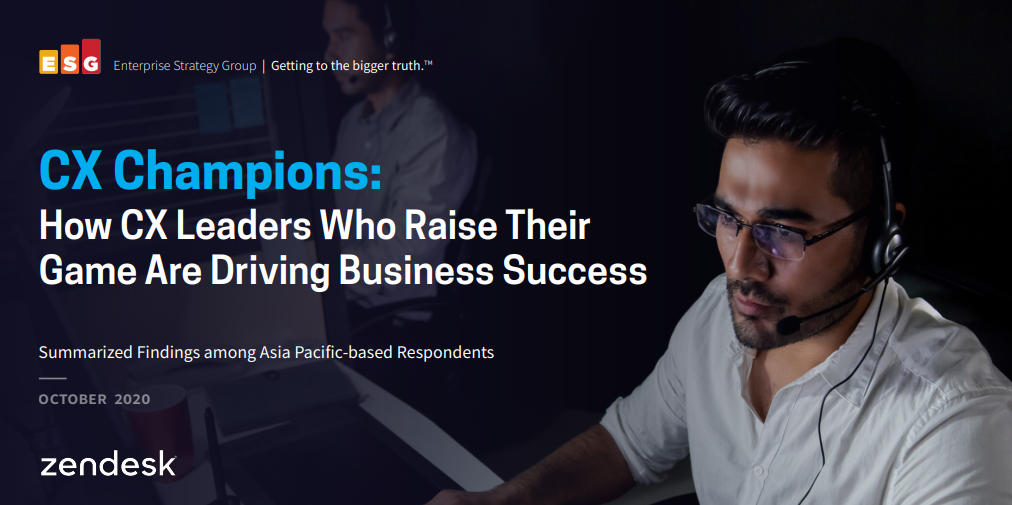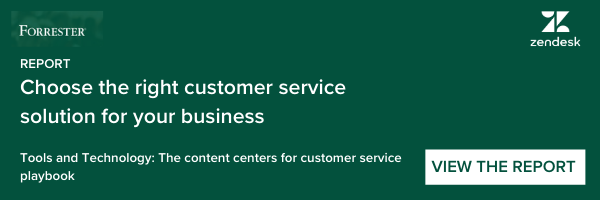Customer experience optimization initiatives that depend too heavily on customer surveys or focus groups can lead organizations to make poor business decisions
When an executive wants to find out what customers think of their business, a logical ‘first thought’ might be to go out and ask them. This will work a lot of the time. But in certain circumstances, can also lead businesses to make terrible decisions.
New Coke is a classic example of a case where customers said one thing in focus groups and then did the opposite on the high street. The story of Coke’s disastrous ‘new and improved’ recipe can be partly explained by its researchers’ decision to ask customers how they would rate a sip of the new drink, rather than the whole can. But it also highlights another, deeper challenge companies run into when surveying customers for market research or customer experience (CX) optimization.
“A lot of what customers may ask for isn’t necessarily what they want,” explains MLC Life Insurance Chief Customer Experience Officer Louise Portelli. “There is also a gap between what the customer says and what they may want in experience.”
“You have to understand your customers in a range of different ways. You can’t always predict how they’re going to respond and react to things” – Louise Portelli, Chief Customer Experience Officer, MLC Life Insurance
Portelli is not alone in observing that people can be bad at explaining why they do things or how they will behave in future. The fact is, human behavior is influenced by a range of factors, many of which are emotional rather than rational.
As Geriel Thornburg May, Worldwide Director of CX at tech giant Lenovo, notes, customers aren’t always aware of the emotional factors that drive their behavior or decisions.
“[Survey] data will tell you that everyone would like a faster solution and that they would like it to be deployed more cheaply,” she says. “But in the end, you can see that relationships are harmed by not attending to the human side of technology problems.”
Some of the emotional ways people respond to stimuli are predictable and can be uncovered through rigorous testing and observation. Others are fundamentally unpredictable.
As a result, CCOs and CXOs must draw on a wide range of information sources when considering how best to improve customer experiences.
Frontline Staff Often Know Customers Best
Customer-facing staff can provide unique perspectives and insights to inform the customer journey mapping process.
Involving key stakeholders in any journey mapping workshop will help to ensure any assumptions that are made about how customers engage with the brand in question are correct. At the same time, frontline staff will often be aware of common customer pain points executives who are further away from the action may not be aware of.
“We do a lot of emotional testing using techniques to tap into the thinking that occurs in the first few seconds when you engage a customer” – Dr Violet Lazarevic, General Manager of Customer Insights, Telstra
“We run a lot of focus groups with employees,” Portelli says. “More than 100 employees contributed to our work on understanding existing customer journeys and where we thought the pain points were.”
“We also use the same methodology to understand employee pain points in the journey,” she adds. “Where an employee has difficulty on the job when executing something, inevitably there will be some sort of spin-off that affects the customer.”
Once these insights have been combined to create a prototype customer journey map, CX leaders can seek to verify that map with customer insights. This may include running focus groups, conducting surveys or interviewing customers about their experiences.
Test New Customer Experiences ‘in the Field’
Telstra is a great example of an organization that is committed to customer centricity. As Dr Violet Lazarevic, Telstra’s General Manager of Customer Insights, says, the telecoms giant has developed a world class feedback program to test innovative products and services.
“We’re always thinking about how to tap into the rational and emotional dimensions of customers,” she says. “We do a lot of emotional testing using techniques to tap into the thinking that occurs in the first few seconds when you engage a customer.”
“It's not about just asking questions. It's about how you ask the question. It's about sometimes not asking questions at all” – Dr Violet Lazarevic, General Manager of Customer Insights, Telstra
Given that customers don’t know what they don’t know, it can pay to look at what customers do as well as what they say when conducting these tests.
For example, Telstra’s research team combines traditional research methods with real-world observations about how customers behave at certain points on the customer journey. Meanwhile, careful survey design helps the team guard against false positives.
“It’s not about just asking questions,” Dr Lazarevic notes. “It’s about how you ask the question. It’s about sometimes not asking questions at all.”
Take a Holistic View of Customer Satisfaction
Ultimately, CCOs and CXOs can look at their customers through a wide range of lenses. Each lens lets them see customer interactions from a different perspective, and more perspectives lead to a more complete view of ‘the customer’.
For Dr Lazarevic, developing this deep understanding of Telstra’s customers is the key to designing experiences that effectively meet their needs.
“Methodologies that only cover one side of the customer may lead to [us] missing something,” she explains. “How do we use multiple ways to look at customers, to understand customers and tap into what they're really thinking and feeling?”
Adopting this philosophy is undoubtedly the key to designing deep customer experiences. While the best techniques to use for CX optimization may vary from case to case, one thing’s for sure: the customer is not always right.
This is an extract from Designing Deep Customer Experiences, an exclusive Corinium report featuring four of Asia Pacific's top CX leaders. Click the banner below now to claim your copy.


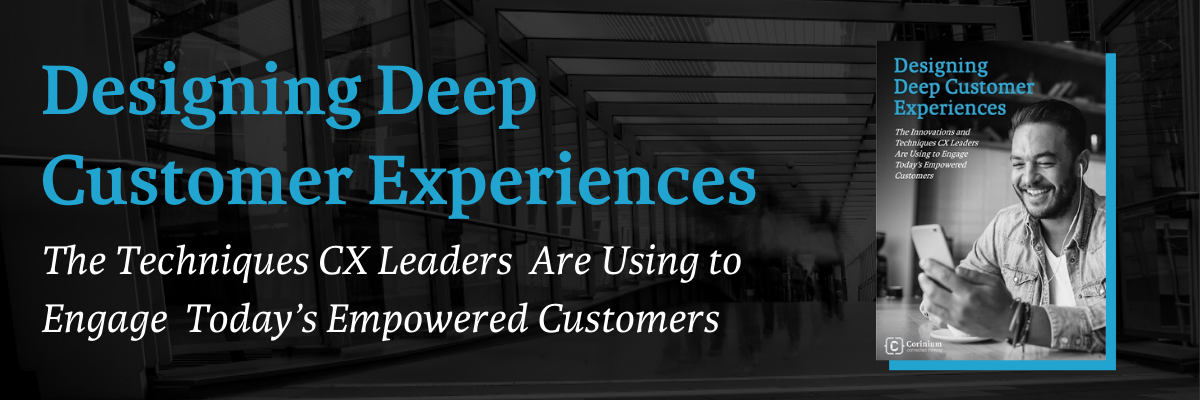

.png)
